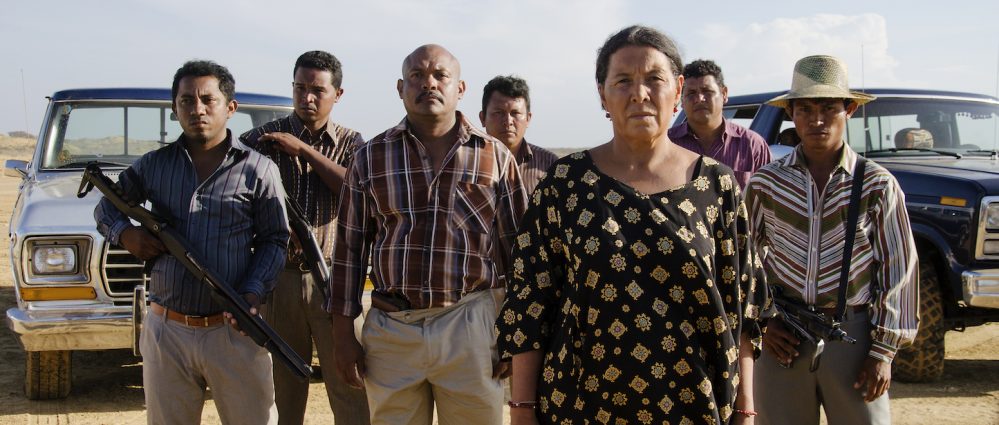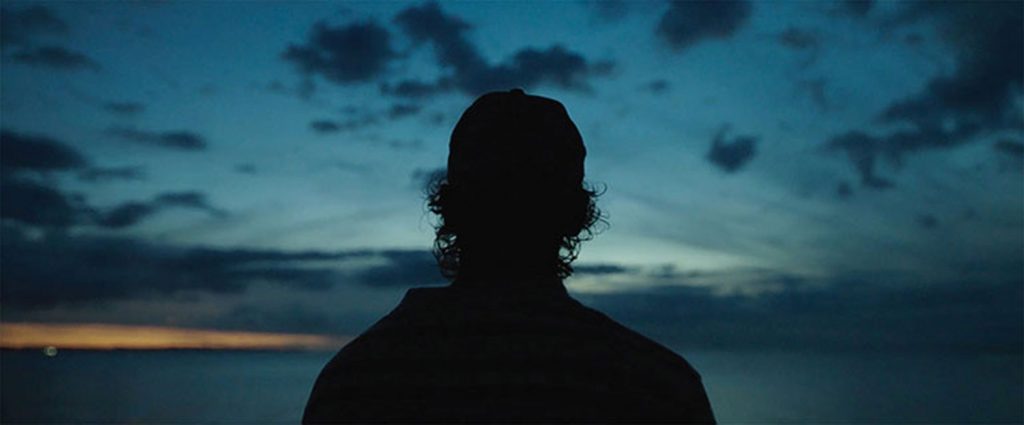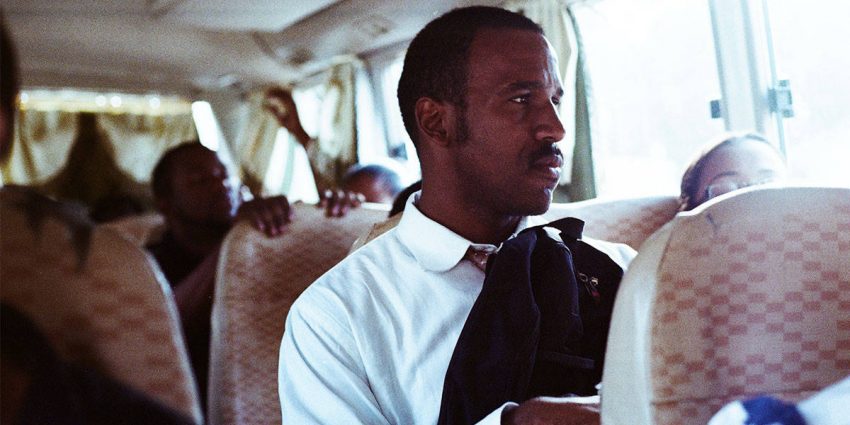If you’re expecting to only hear Spanish at the 2018 AFI Latin American Film Festival – running at the American Film Institute’s Silver Theatre and Cultural Center from Sept. 13 through Oct. 3 – you would be mistaken.
The Latinx world speaks a multiplicity of languages aside from Spanish, which is evident at this year’s 29th edition of the festival in Silver Spring. In fact, the festival opener, “Birds of Passage,” is the first fictional film production shot in the Wayuunaiki language, spoken by the Wayuu people on the Guajira Peninsula in northeastern Colombia and northwestern Venezuela. This Washington-area premiere is not a mere oddity for its distinctive language, it’s also a great crime epic, immersing viewers in the 1970s-era growth in Colombian drug trafficking. Like so many drug and crime films before it, from “The Godfather” to “Goodfellas” and “Traffic,” “Birds of Passage” focuses on one family, in this case of indigenous Wayuu decent.
“It’s a tremendous film,” exclaimed Todd Hitchcock, AFI’s director of programming. “People who are familiar with the two credited co-directors, Cristina Gallego and Ciro Guerra, whose last film was the Oscar-nominated ‘Embrace of the Serpent,’ will appreciate this one.” “Birds of Passage,” like the other 42 films selected for this year’s festival, will feature English subtitles, but aside from Spanish, film festival viewers may encounter Aymara, a Bolivian indigenous language; Portuguese; Swahili; Chichewa, from Malawi, Zimbabwe and Mozambique; French; German; Guarani, a national language of Paraguay; and Quechua, an indigenous language in Peru, in films that span Latin America, Spain and Portugal, panning across a broad cross swath of Latin American creativity.

“Everyone on the AFI team believes in the power of film and … I think that the unique aspect of cinema is this immersive quality it has, a transporting quality,” said Hitchcock. “You can get that from other art forms as well, but the way in which cinema can achieve that full immersion is unique in its intensity…. I would argue that it achieves something along the lines of transporting the viewer both temporally and spatially.”
Hitchcock was joined by AFI staffers Abbie Algar and Ben Delgado in selecting the 43 films, all of which have premiered in the past two years. That means if you want to get a cultural zeitgeist reading of the region, this year’s Latin American Film Festival is a great place to start, covering feature films, animated films and documentaries from Argentina to Venezuela and everything in between.
And Montgomery County is a perfect location for a film festival spanning such linguistic and cultural diversity. “We have regular [festival patrons] who take a country-by-country approach –Bolivian-Americans who see out films from Bolivia, for example. But we also have people who have a certain language as their area of study, or their work has taken them through some of these countries or they engage on issues that are connected to what’s going on politically, socially or economically in these countries,” said Hitchcock, explaining the equally rich diversity of previous festival audiences, that have often included former diplomats, USAID, Peace Corps and other government and private agency employees. And Montgomery County’s most recent U.S. Census statistics indicate that about 20 percent of the population is of Hispanic or Latin American origin.

Abbie Algar, AFI’s associate film programmer, who along with Ben Delgado, assistant film programmer, traveled to major film festivals in Toronto, Berlin, Cannes, Norway, and, of course, the venerable Sundance in Utah to make this year’s selections. Algar expressed excitement for the youthful energy she observed in these recent productions across film genres and countries.
“There are lots of debuts by young filmmakers this year,” Algar said. “There’s a lot of energy right now and film production from Latin America has really increased.” Technology plays a key role in this growth. “The changeover to digital format filmmaking has been nothing short of revolutionary in Latin America. The means of production are more affordable and more accessible,” Algar added, allowing for a greater assortment of themes and genres, which are expressed in the multi-linguistic offerings as well.
Another interesting thread Hitchcock pointed to is that Latin American filmmakers are not at all shy in expressing their political views. “Viewers in the U.S. may be surprised, and hopefully impressed, by the willingness of these young filmmakers to engage in political topics in a much more direct way that we might see from their American counterparts,” he said.

And some of these issues are universal. A number of films are journeys, either back to a homeland, or in search of a new home. There’s “Cocote,” from the Dominican Republic, about a gardener returning home for his father’s funeral, and the Chilean “Dry Martina,” a female-driven road movie that features a faded pop-star attracted to an ex-boyfriend of a fangirl. “Silence of the Wind,” by Puerto Rican director Alvaro Aponte Centeno, tackles global immigration through powerful drama, following a young man trapped in a human trafficking network.
Noting the currency of these films, Hitchcock alluded to issues of border crossings and immigration, legal and otherwise: “I also wanted to flag the point that not all of these films are just one thing from one country. Many of them involve crossing borders.”
And crossing borders is a perfect way to encapsulate the multiplicity of languages, nations and cultures that shape the films in this year’s Latin American Film Festival.
The 2018 AFI Latin American Film Festival, takes place from Sept. 13 to Oct. 3 at the AFI Silver Theatre and Cultural Center, 8633 Colesville Road, Silver Spring. For further information on the films, a schedule of screenings and to purchase tickets, visit afi.com/silver/laff.